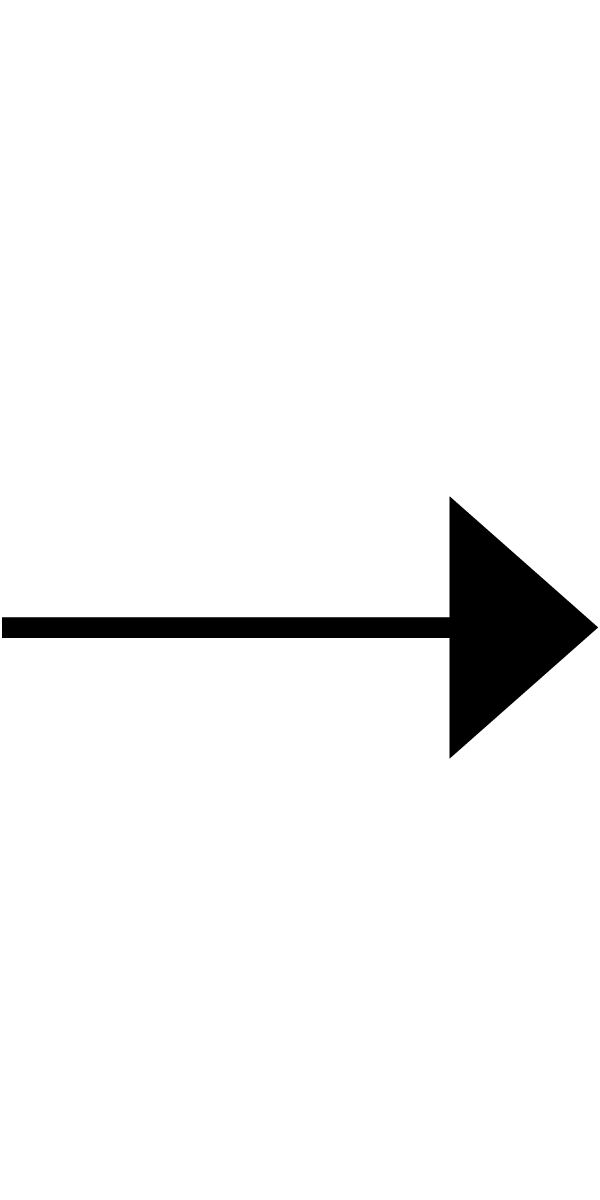Through mechanization, automation, cybernetic direction, this authoritarian technics has at last successfully
overcome
its most serious weakness: its original dependence upon resistant, sometimes actively disobedient
servo-mechanisms,
still human enough to harbor purposes that do not always coincide with those of the system…. The center of
authority in
this new system is no longer a visible personality, an all-powerful king: even in totalitarian dictatorships the
center
now lies in the system itself, invisible but omnipresent: all its human components, even the technical and
managerial
elite, even the sacred priesthood of science, who alone have access to the secret knowledge by means of which
total
control is now swiftly being effected, are themselves trapped by the very perfection of the organization they
have
invented.
— Lewis Mumford, “Authoritarian and Democratic Technics.” Paper delivered to the Fund for the Republic Tenth Anniversary Convocation on “Challenges to Democracy in the Next Decade,” January, 1963; published in Technology and Culture, Winter 1964
View Lexia Map
View Global Map


























